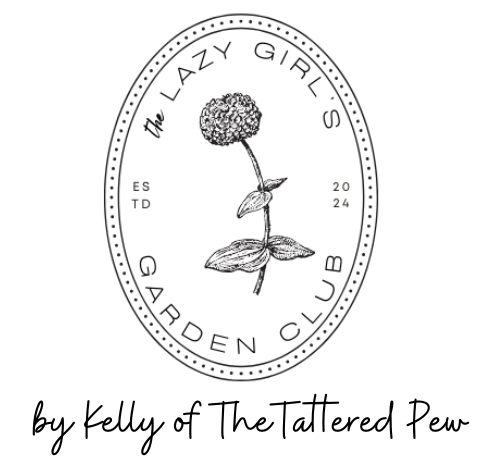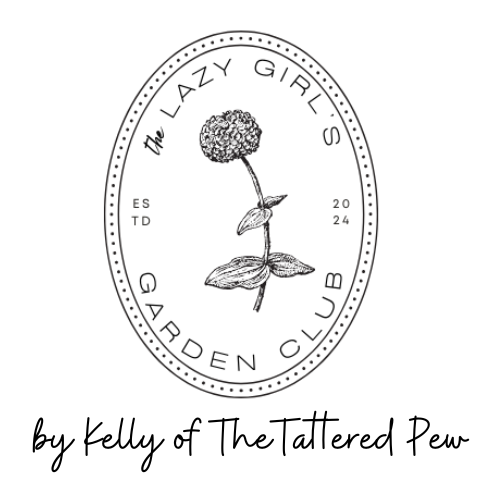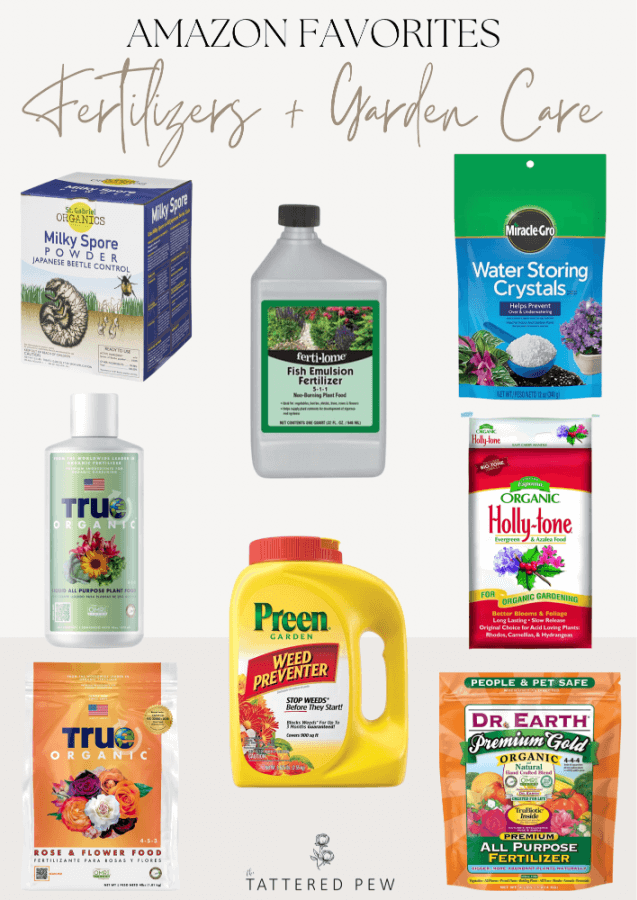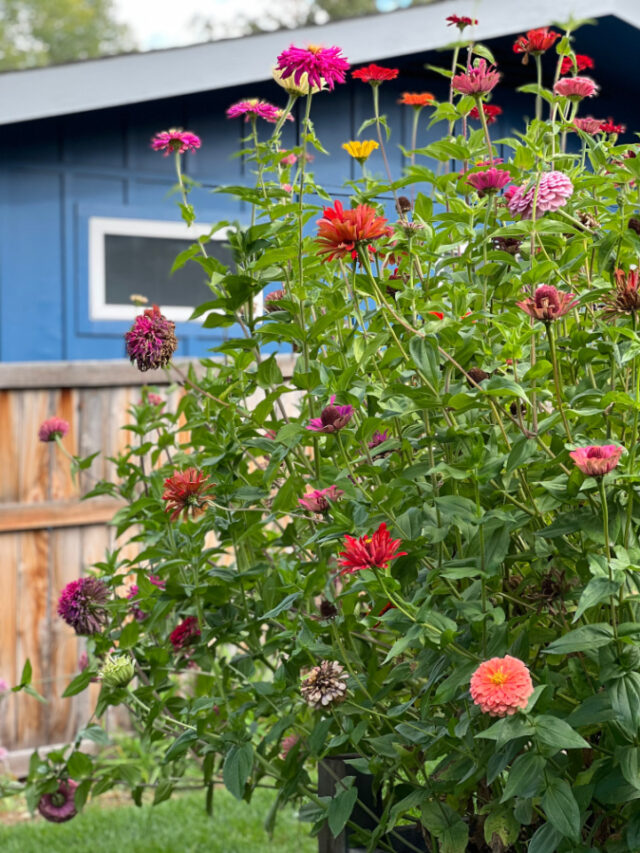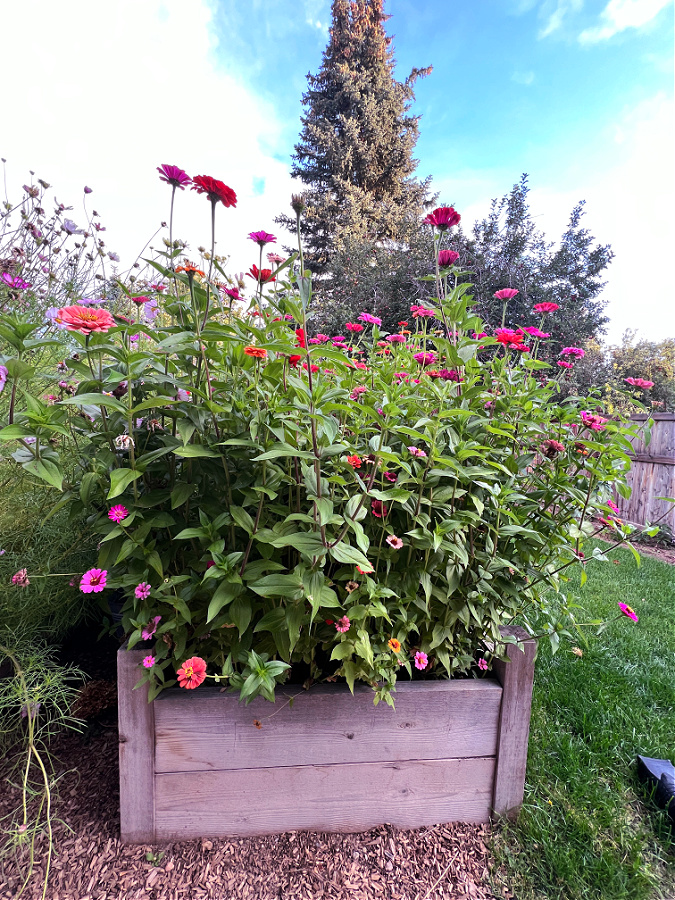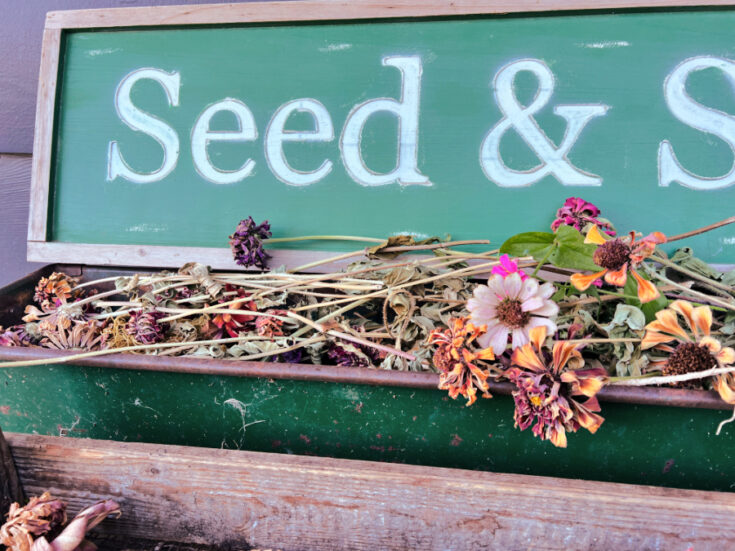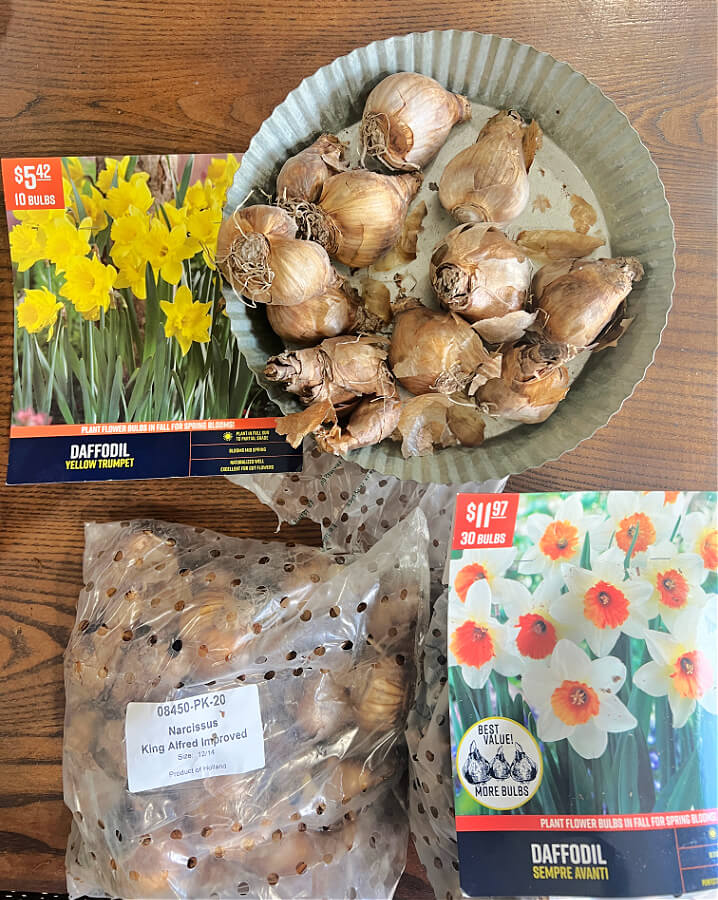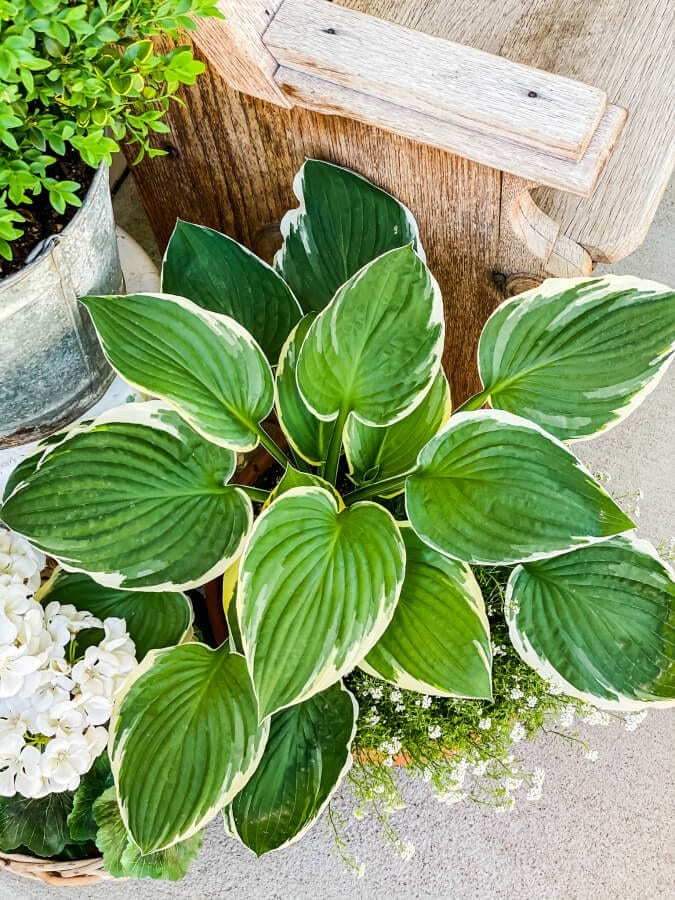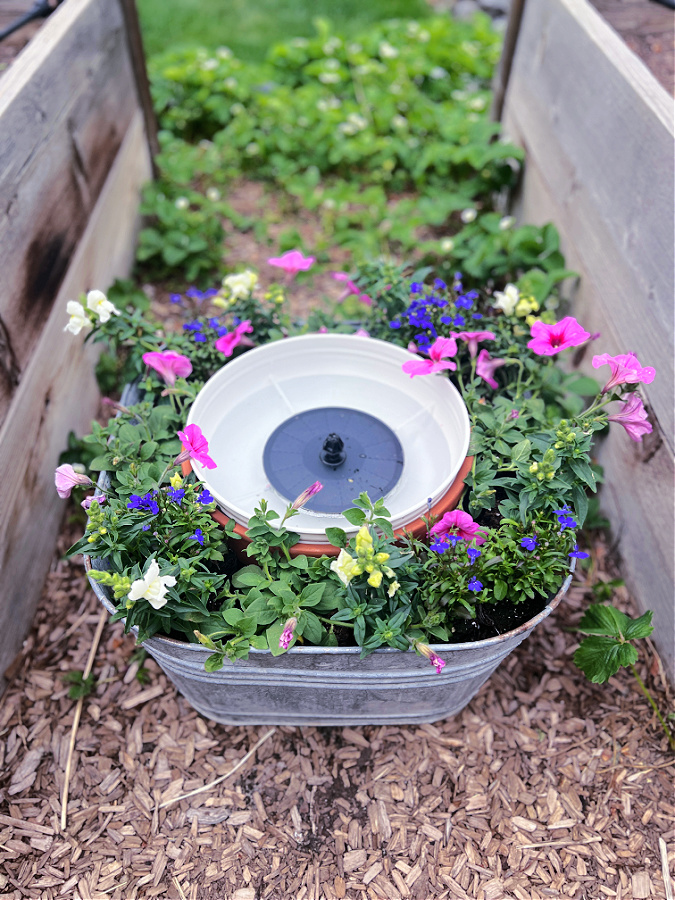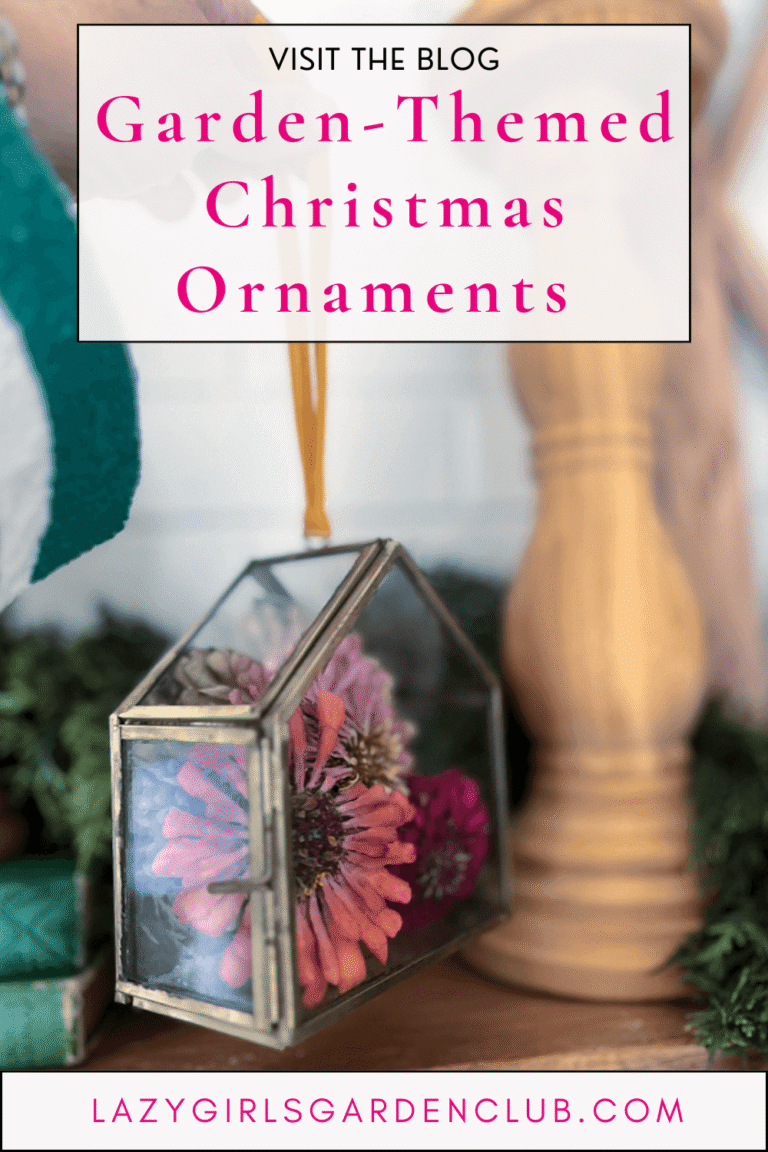Fertilizing Your Zinnias: The Lazy Girl’s Guide
Hey, Lazy Girl’s Garden Club!
Today, I’m diving into a hot topic: fertilizing zinnias. These beautiful blooms are such a joy to grow, and with a little bit of care, they can thrive all season long. But here’s the best part – even if you’re feeling lazy (like I often do), your zinnias can still be fabulous. Let’s get into the nitty-gritty of fertilizing these garden gems.
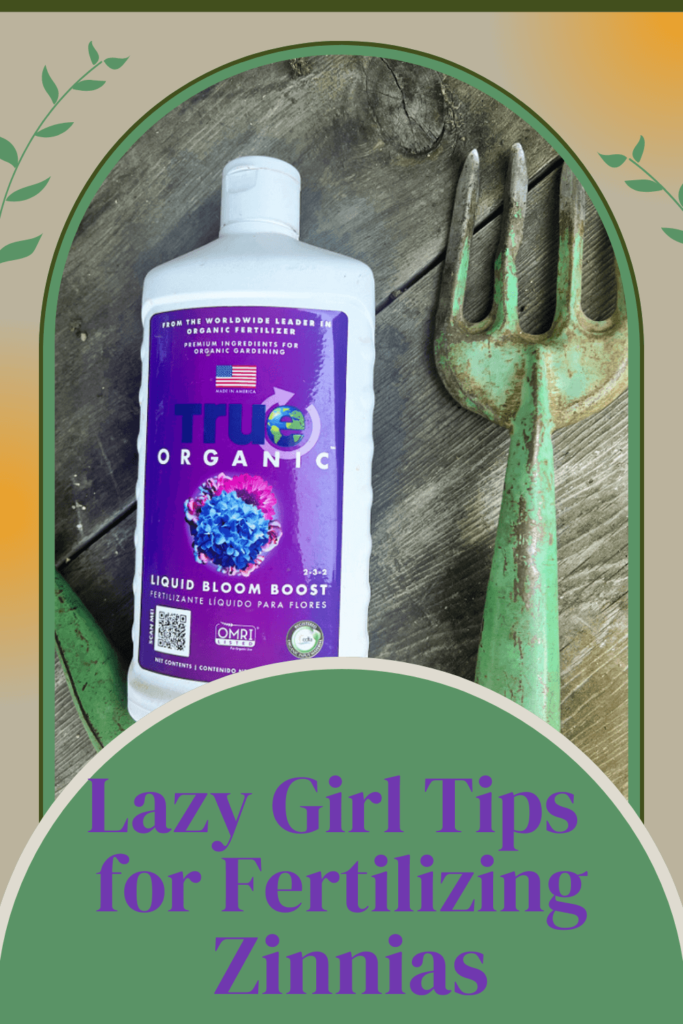
*As an Amazon Associate, I earn from qualifying purchases. This post contains other affiliate links too for your convenience. Click here to read my full disclosure policy.
What is Fertilizer and Why Should I Use It?
Fertilizer is a substance that provides essential nutrients to plants, helping them grow strong and healthy.
Think of it as a vitamin boost for your garden! Plants need nutrients like nitrogen, phosphorus, and potassium to develop roots, leaves, and flowers.
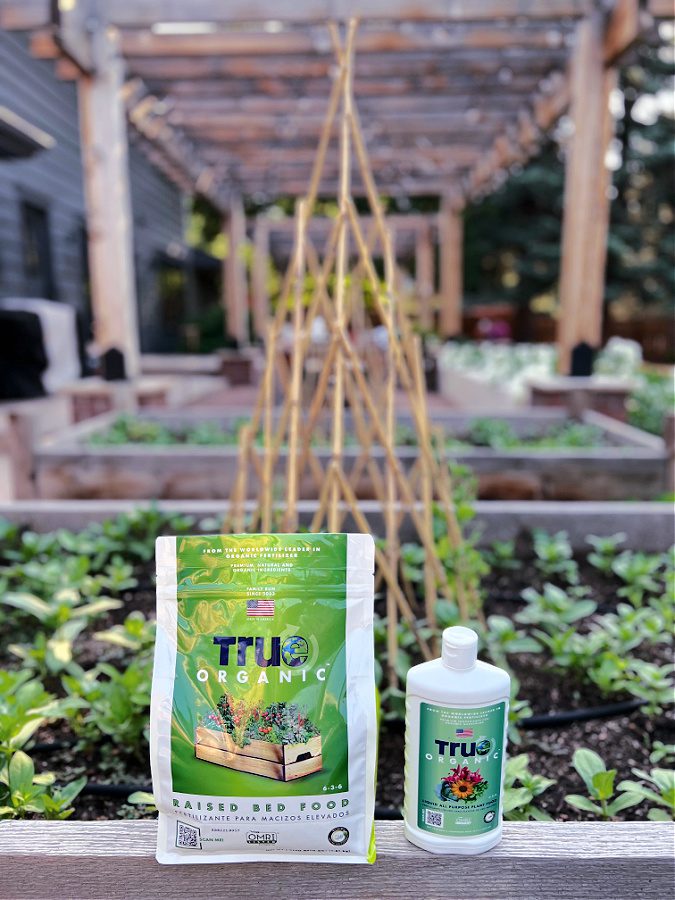
While soil naturally contains some of these nutrients, it can sometimes lack the right balance, especially after repeated planting. Using fertilizer ensures your plants get everything they need to thrive, leading to more vibrant flowers, healthier foliage, and an overall more productive garden.
For beginner gardeners, fertilizer can make a big difference in achieving beautiful, robust plants with less effort.
Fertilizer Basics: What You Need to Know
If you’re new to gardening, the numbers on fertilizer bags and the different types might seem confusing, but don’t worry—I’ve got you covered!
What Do the Numbers Mean?
On every bag of fertilizer, you’ll see three numbers, like 10-10-10 or 5-10-5. These numbers tell you the amount of three important nutrients in the fertilizer:
- Nitrogen (N): Helps your plants grow big and green. Think leafy vegetables and lawns.
- Phosphorus (P): Encourages strong roots and lots of flowers. Perfect for our zinnias!
- Potassium (K): Keeps plants healthy and strong, helping them resist diseases and manage water better.
Types of Fertilizers
Fertilizers come in different forms, each with its own perks:
- Granular Fertilizers:
- Slow-Release: These slowly feed your plants over time, so you don’t have to fertilize as often. Great for busy or lazy gardeners!
- Quick-Release: These give a quick nutrient boost but need to be applied more frequently.
- Liquid Fertilizers:
- Water-Soluble: Mix these with water and use them when you water your plants. They’re quickly absorbed.
- Concentrates: Dilute these with water and either spray them on your plants or pour them into the soil.
- Organic Fertilizers:
- Compost: Homemade compost is an excellent way to add nutrients naturally.
- Manure: Well-rotted manure is a fantastic natural fertilizer but be careful not to overdo it to avoid burning your plants.
- Specialty Products: Things like fish emulsion, seaweed extract, and bone meal give specific nutrients in organic form.
Best Fertilizers for Flowers
For flowers like zinnias, you want a fertilizer with a bit more phosphorus, which is the middle number. Something like 5-10-5 or 10-20-10 is perfect because it helps with blooming and root development. Here are some tips:
- Bloom Boosters: These are made just for flowering plants and usually have extra phosphorus.
- Slow-Release Granules: These are easy to use and great for steady feeding without much effort.
- Liquid Fertilizers: These are awesome for a quick nutrient boost, especially if your flowers need a little extra help during the season.
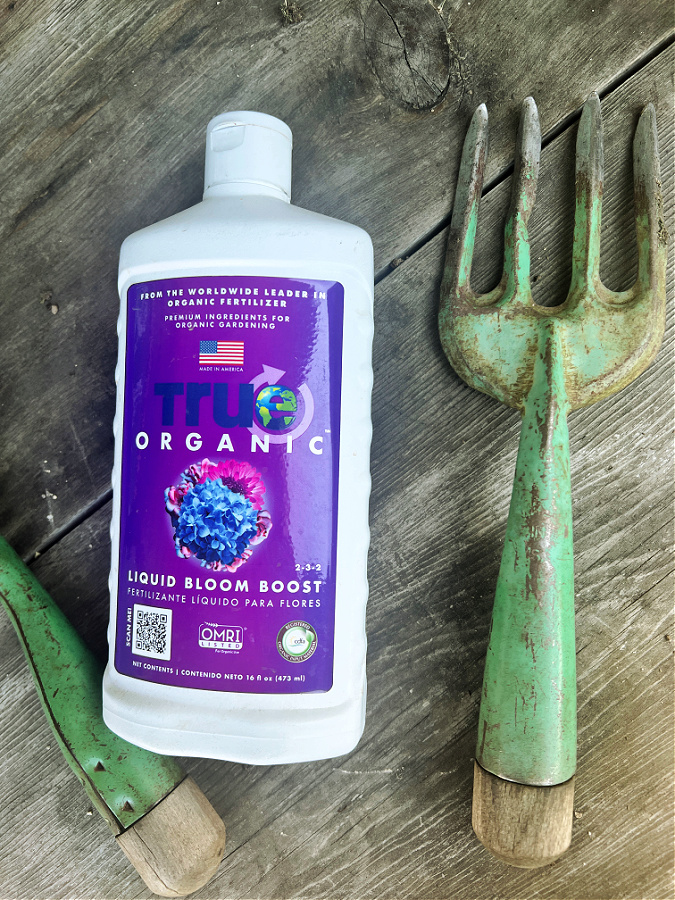
Choosing the right fertilizer can really help your flowers look their best. Remember, the N-P-K numbers and the type of fertilizer you use can make a big difference.
My Go-To Product: Bloom Booster
I love using Bloom Booster from True Organic for my zinnias. This product is fantastic because it’s easy to use and provides just the right nutrients to encourage those gorgeous blooms. If you’re looking for a reliable fertilizer, give it a try – your zinnias will thank you!
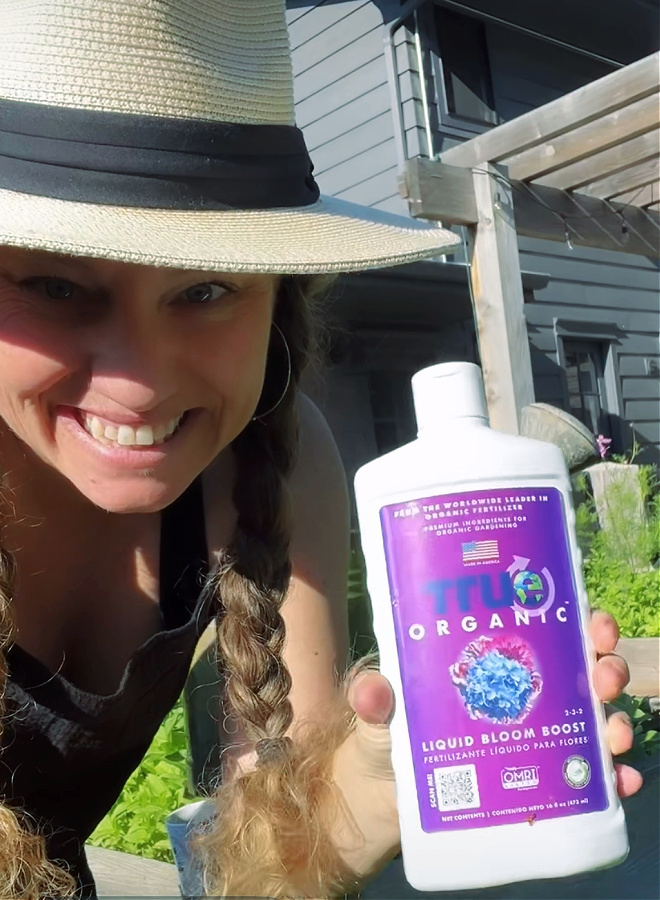
Best Fertilizers for Stunted Growth
Let’s say you have some seedlings that seem small, not to be growing and have a yellow look to them. This might mean that they are low in nitrogen.
This happened to me because I suspect the soil I used in a few of my raised beds had too much mulch in it and it took out all of the nitrogen from my seedlings leaving me with bad soil. And small seedlings.
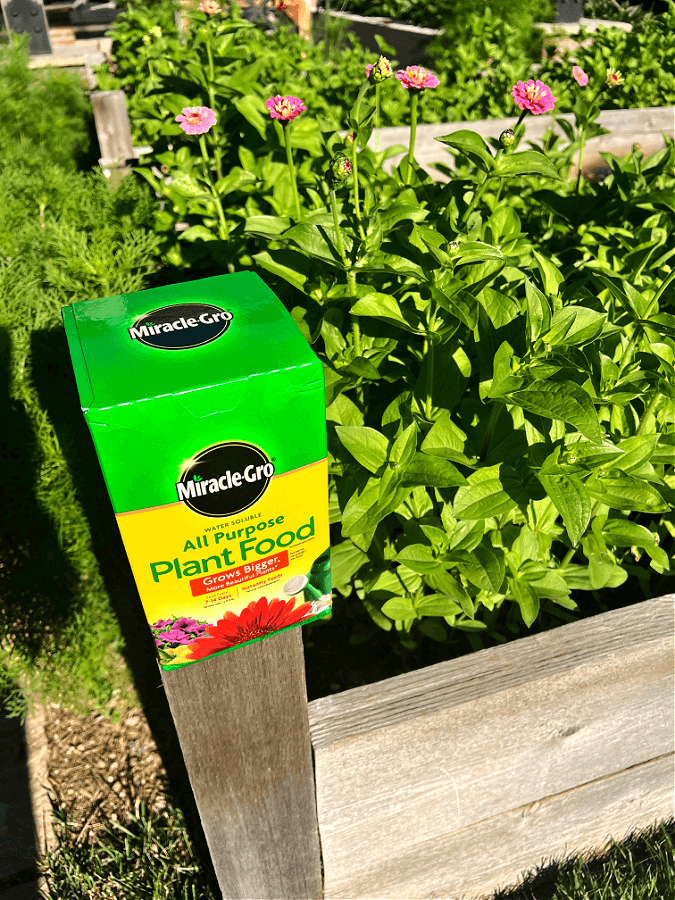
If this is the case for you you will want a fertilizer with a higher first number, nitrogen. Look for one with the numbers 24-8-16. I used this one from Miracle Grow. It will send energy to the plant and leaves but not the blooms. You can always do bloom boost later!
When to Fertilize
This is a questions that is often asked, when to fertilize my zinnias? The best time to fertilize your zinnias is early in the morning.
Why? Because plants absorb nutrients more effectively before the sun gets too intense. Fertilizing in the morning gives them a chance to take in all the goodness they need to stay healthy and vibrant.
When in the Growing Stage to Fertilize
Timing is everything when it comes to fertilizing. I typically fertilize my zinnias once during the growing season, right when I start seeing the first buds forming. This is the perfect moment to give them a nutrient boost, just as they’re gearing up to produce flowers.
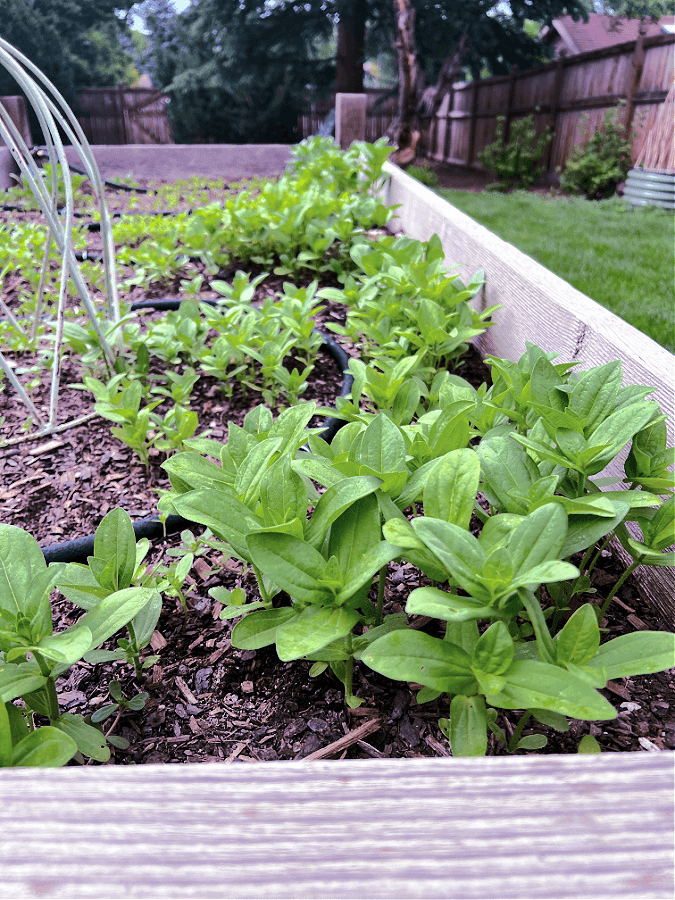
But guess what, they will be fine if you fertilize them earlier or later or more than one time. These flowers are so easy. So don’t stress!
How to Fertilize Your Zinnias
Here’s a simple step-by-step guide to fertilizing your zinnias:
- Mix the Fertilizer: Follow the instructions on the Bloom Booster package to mix the right amount of fertilizer with water.
- Water Around the Base: Gently water the fertilizer mixture around the base of each plant. Be careful not to splash the leaves, as this can sometimes cause leaf burn. But if you do it early in the morning and it gets on your leaves or blooms it will be ok!
- Morning Routine: As mentioned, do this in the early morning for the best results.
That’s it! Just make sure you have enough for the area where you are growing your zinnias! I love the liquid and use it in my handheld watering can.
My mom loves the granular and slow release fertilizers. I say do what works best for you!
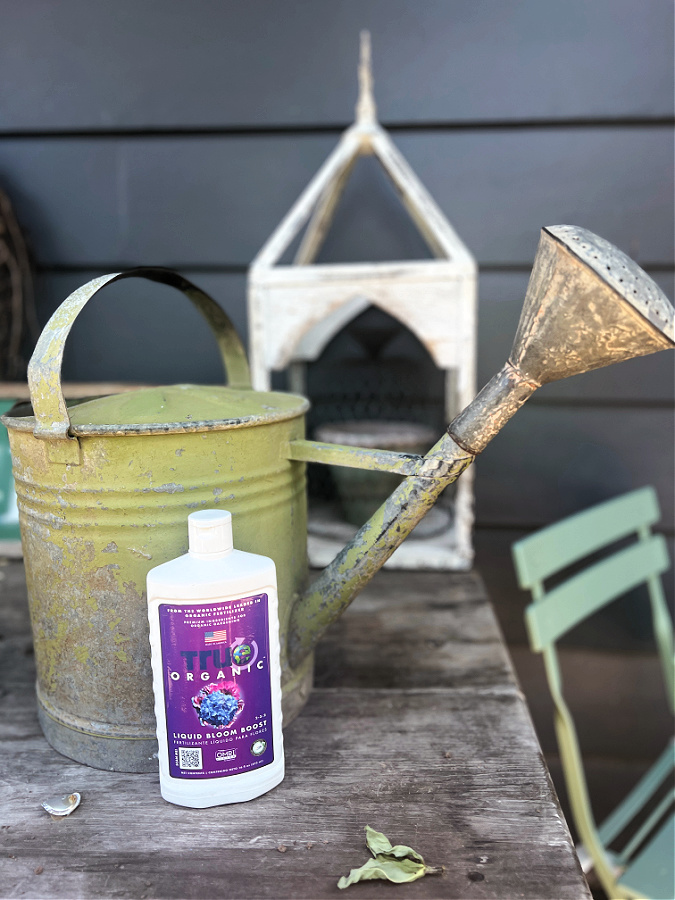
The Lazy Girl Fertilizer Secret
Now, here’s the best news for all my fellow lazy gardeners: you don’t even have to fertilize your zinnias.
There have been years when I forgot or just didn’t feel like it, and guess what? My zinnias were still absolutely fabulous. That’s the beauty of zinnias – they are resilient and forgiving, making them perfect for gardeners of all experience levels.
So like I always like to say, these flowers should bring you joy and not stress! So if figuring out fertilizing stresses you out, skip it. If it excites you, do it! And remember to have fun!
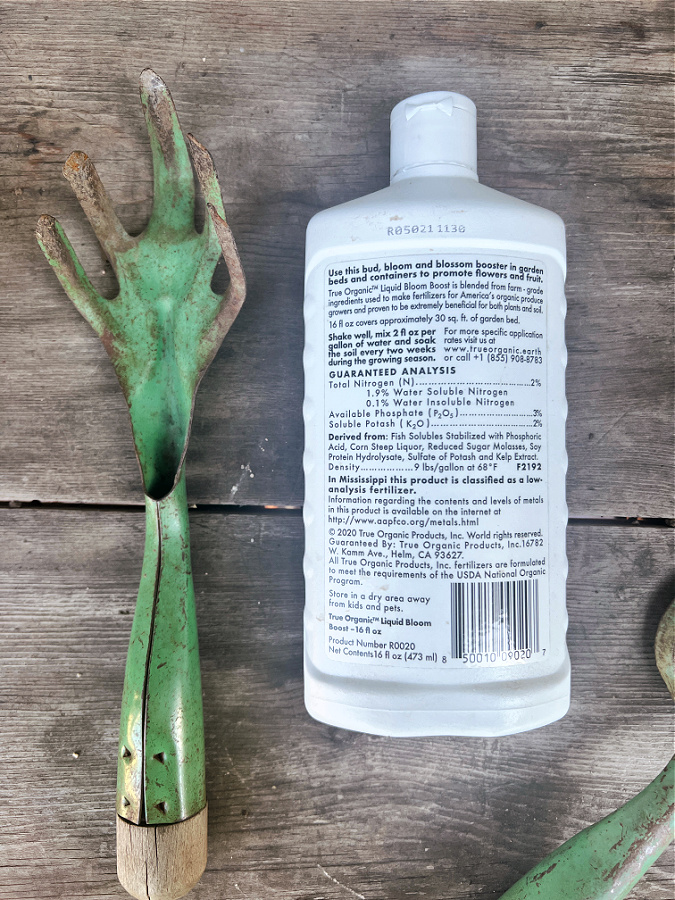
Frequently Asked Questions About Fertilizing Zinnias
Q: Do I need to fertilize my zinnias every year? A: Not necessarily! While fertilizing can help your zinnias thrive, they’re pretty hardy and can still do well even if you skip it some years. I’ve had fabulous blooms even when I forgot to fertilize.
Q: What time of day should I fertilize my zinnias? A: The best time to fertilize is early in the morning. This allows the plants to absorb nutrients efficiently before the sun gets too hot.
Q: Can I use any type of fertilizer for my zinnias? A: While you can use general-purpose fertilizers, it’s best to use one with a higher middle number (phosphorus) like 5-10-5 or 10-20-10. Bloom boosters are also great for flowering plants.
Q: How often should I fertilize my zinnias? A: I typically fertilize my zinnias once during the growing season when I see the first buds forming. This gives them a nice nutrient boost just when they need it most.
Q: What if I use too much fertilizer? A: Over-fertilizing can harm your plants by burning their roots or causing excessive leafy growth with fewer flowers. Always follow the instructions on the fertilizer package for the best results.
Q: Are organic fertilizers better than synthetic ones? A: Both types have their advantages. Organic fertilizers improve soil health over time and are environmentally friendly, while synthetic fertilizers provide immediate nutrients. It’s really up to your preference and gardening style.
Q: Can I make my own fertilizer at home? A: Absolutely! Homemade compost or well-rotted manure are excellent organic fertilizers. They’re a great way to recycle garden waste and add nutrients naturally.
Q: What should I do if I see yellow leaves on my zinnias? A: Yellow leaves can be a sign of nutrient deficiency, overwatering, or pests. Check your watering routine, inspect for pests, and consider a balanced fertilizer to give your plants a nutrient boost.
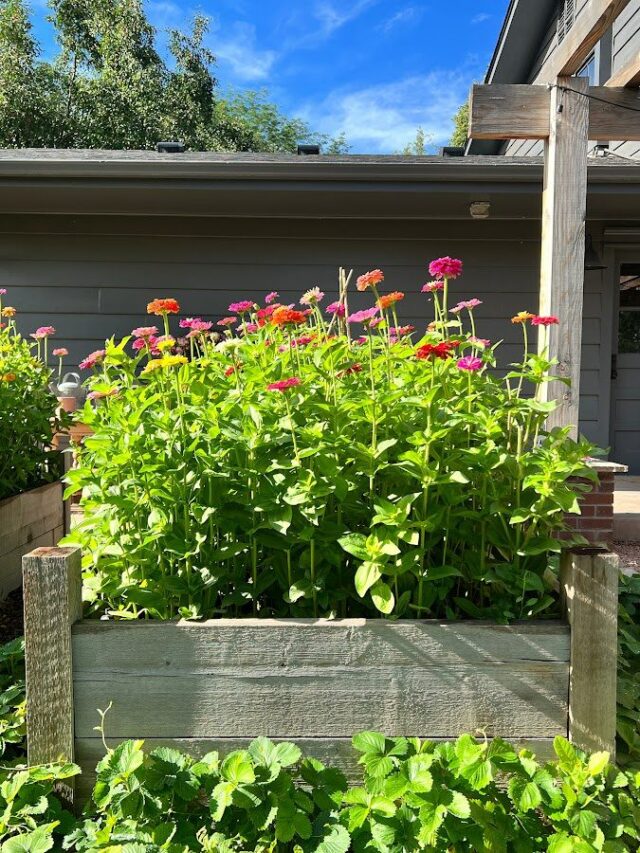
Why Zinnias Are the Best
Zinnias are truly the best because they don’t require a ton of fuss. Whether you’re a meticulous gardener or someone who prefers to take a laid-back approach, zinnias will reward you with stunning, colorful blooms. They are a wonderful reminder that sometimes, even when we don’t do everything perfectly, nature has a way of thriving.
So, whether you decide to fertilize or not, enjoy the process and the beauty of your zinnias. Happy gardening, Lazy Girl’s Garden Club!
More Zinnia Posts
I’d love to have you hang out with me some more! Feel free to follow along with me on any of the platforms linked below.
LTK | Facebook | Instagram | Pinterest | Amazon
